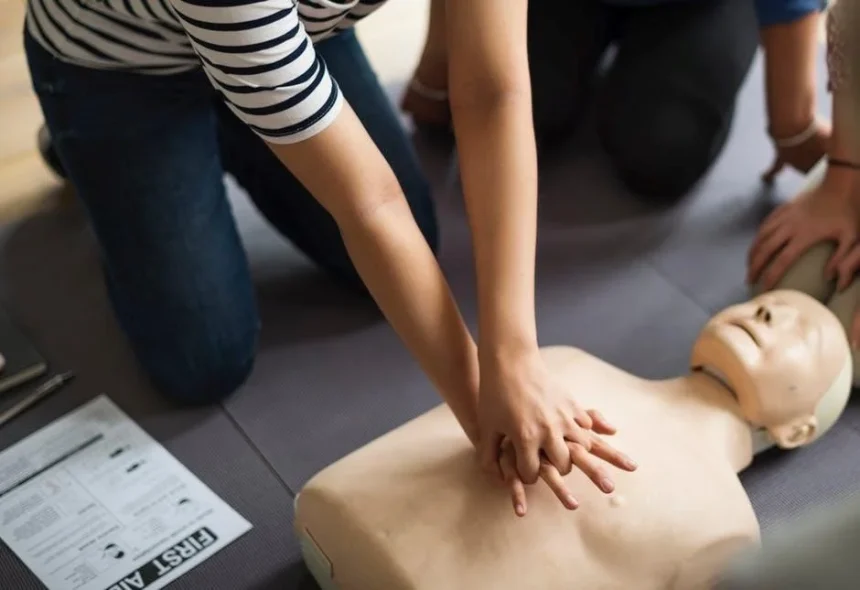CPR, or cardiopulmonary resuscitation, is an important skill that everyone can learn. With many types of CPR classes available, it can be hard to know which one is right for you. Don’t worry.
We’ve broken down the different types of CPR classes to help you choose easily. In this guide, we’ll look at each type of CPR class, its purpose, and who should take it. You’ll find the right fit for your needs and be ready to act confidently in emergencies.
Let’s explore the world of CPR together!
1. Basic CPR Training
Basic CPR training is designed for non-medical individuals who want to learn life-saving techniques. This class teaches participants how to recognize emergencies and administer CPR effectively. The training typically covers:
- Recognizing cardiac arrest
- Performing chest compressions
- Using an Automated External Defibrillator (AED)
These classes often involve hands-on practice and offer certifications that are valid for up to two years. This is a great option for parents, caregivers, or anyone who desires to be equipped for emergencies.
2. Heart saver CPR
The Heart Saver CPR class is specifically geared toward the general public. It instructs participants on how to perform CPR on adults, children, and infants.
Unlike some advanced training programs, Heart Saving CPR doesn’t require prior medical knowledge, making it accessible to anyone. This course is typically two to four hours long and covers:
- Mouth-to-mouth ventilation
- How to assist choking victims
- What to do until emergency services arrive
3. Advanced Cardiac Life Support (ACLS)
For healthcare professionals, Advanced Cardiac Life Support is crucial. This course builds on basic CPR and incorporates advanced techniques for dealing with life-threatening cardiac emergencies. ACLS training focuses on:
- Advanced airway management
- Medication administration
- Effective team communication and leadership
Participants must have a current BLS certification to enroll. ACLS typically involves a more in-depth curriculum and is suitable for those in roles such as emergency medical technicians (EMTs), nurses, and doctors.
4. Pediatric Advanced Life Support (PALS)
Similar to ACLS but focused on children, Pediatric Advanced Life Support is vital for those in pediatric healthcare settings. This course emphasizes the critical differences between adult and child emergencies. Content includes:
- Proper assessment of pediatric patients
- Recognizing respiratory and cardiac emergencies in children
- Effective resuscitation techniques
5. Workplace CPR Training
Many employers recognize the importance of having CPR-trained employees. Workplace CPR training classes are designed to meet occupational safety requirement standards while also being practical and engaging. Common topics include:
- Responding to workplace emergencies
- Creating a safety plan
- Using an AED in the workplace
6. Online CPR Classes
With technology paving the way for new learning methods, online CPR classes have become increasingly popular. Although these classes may not provide hands-on practice, they still offer valuable information. Online courses typically cover:
- Theoretical knowledge of CPR techniques
- Videos demonstrating proper techniques
- Quizzes and assessments to strengthen learning
Participants usually must complete a hands-on component to receive first aid certification, making it a flexible choice for those with busy schedules. Websites like MyCPR NOW can help you find a combination of online learning and practical experience.
Equip Yourself With Essential Techniques With Different CPR Classes
Understanding the different types of CPR classes available is crucial for individuals to be prepared in emergency situations. Whether you are a healthcare professional or a concerned citizen, there is a CPR class suited to your needs.
Take the initiative and sign up for a CPR class today to potentially save a life. Don’t wait any longer, schedule a class now and equip yourself with life-saving skills.
Like this article? Read more about these topics on our blog.





